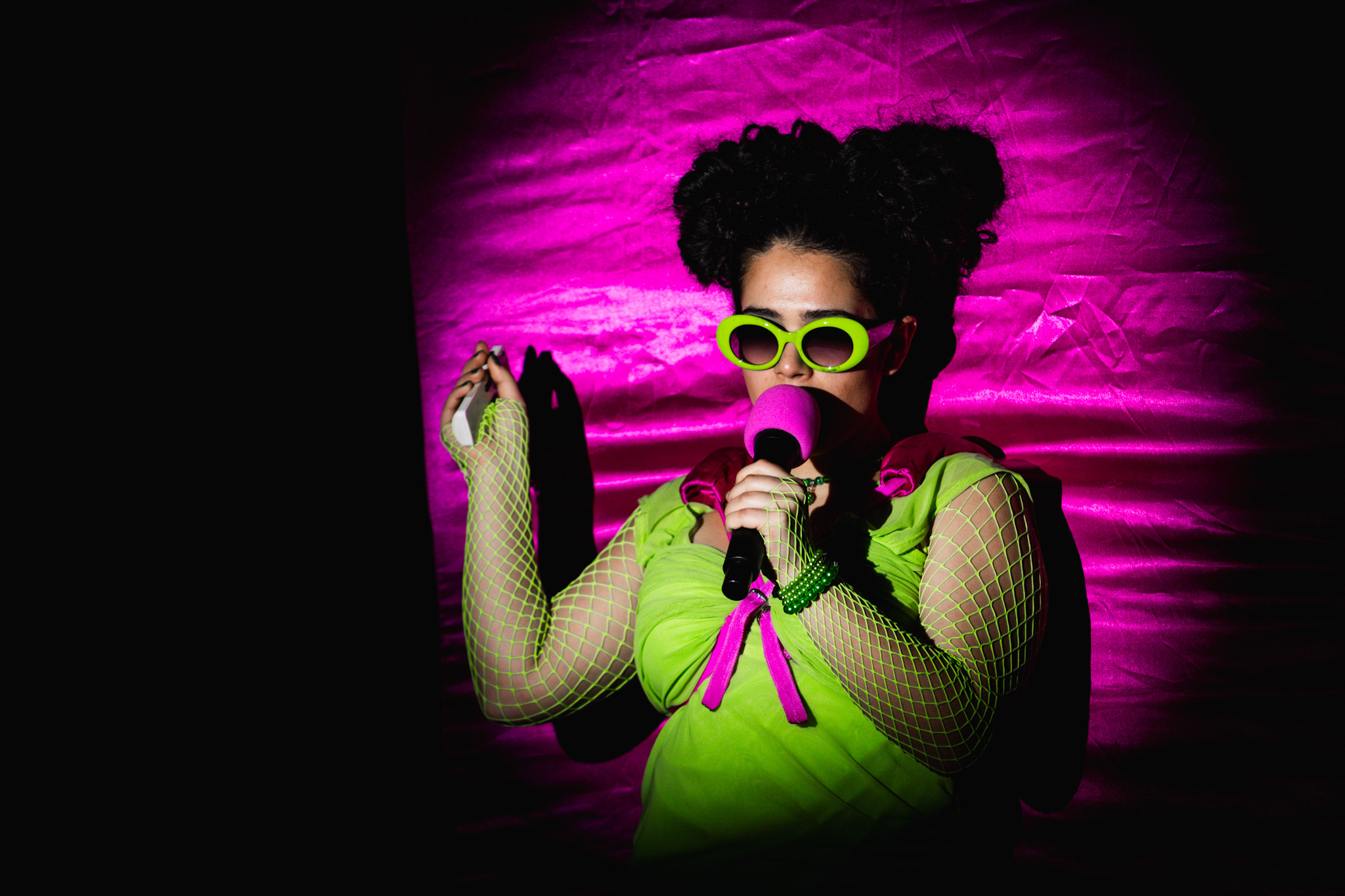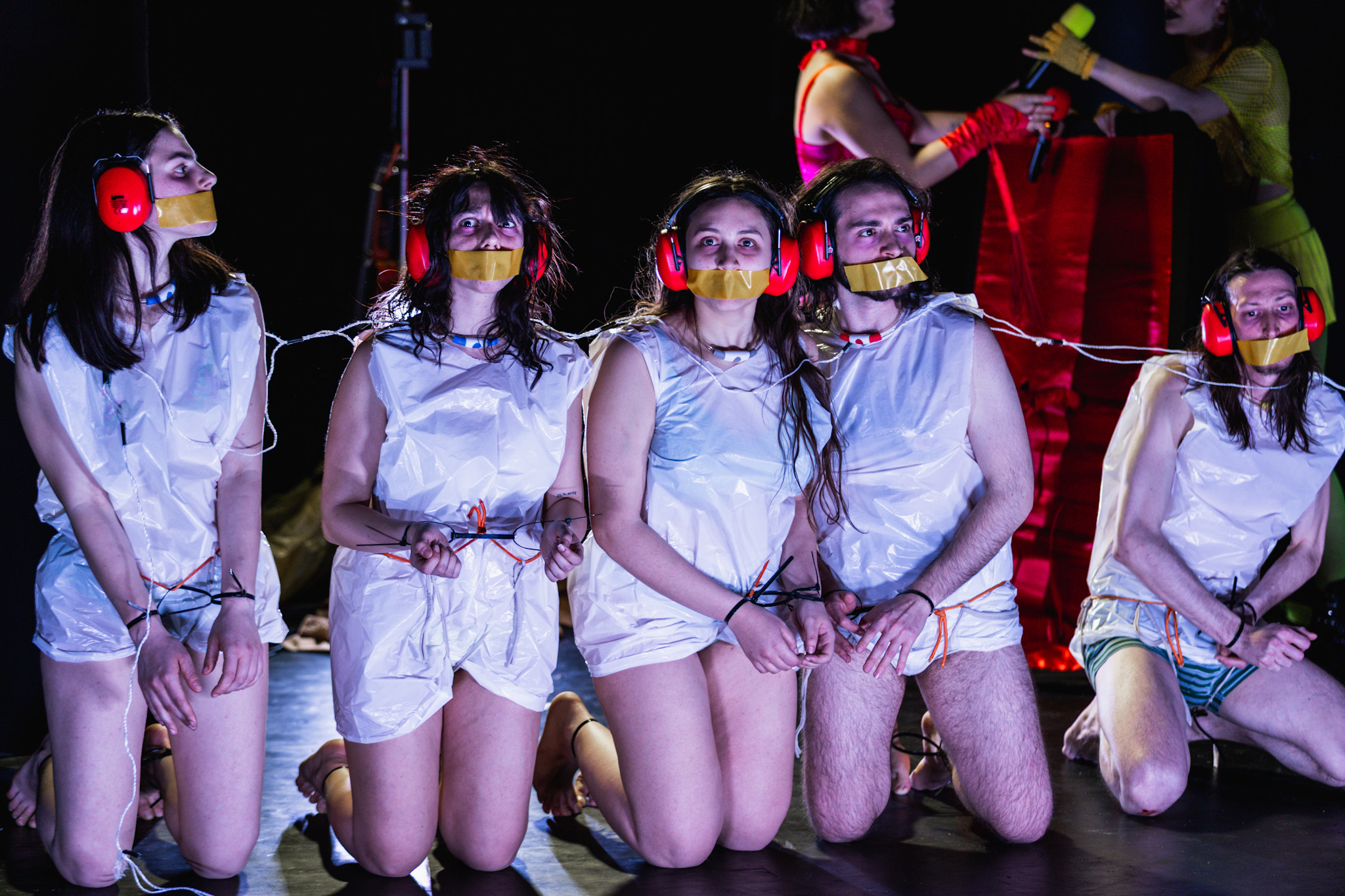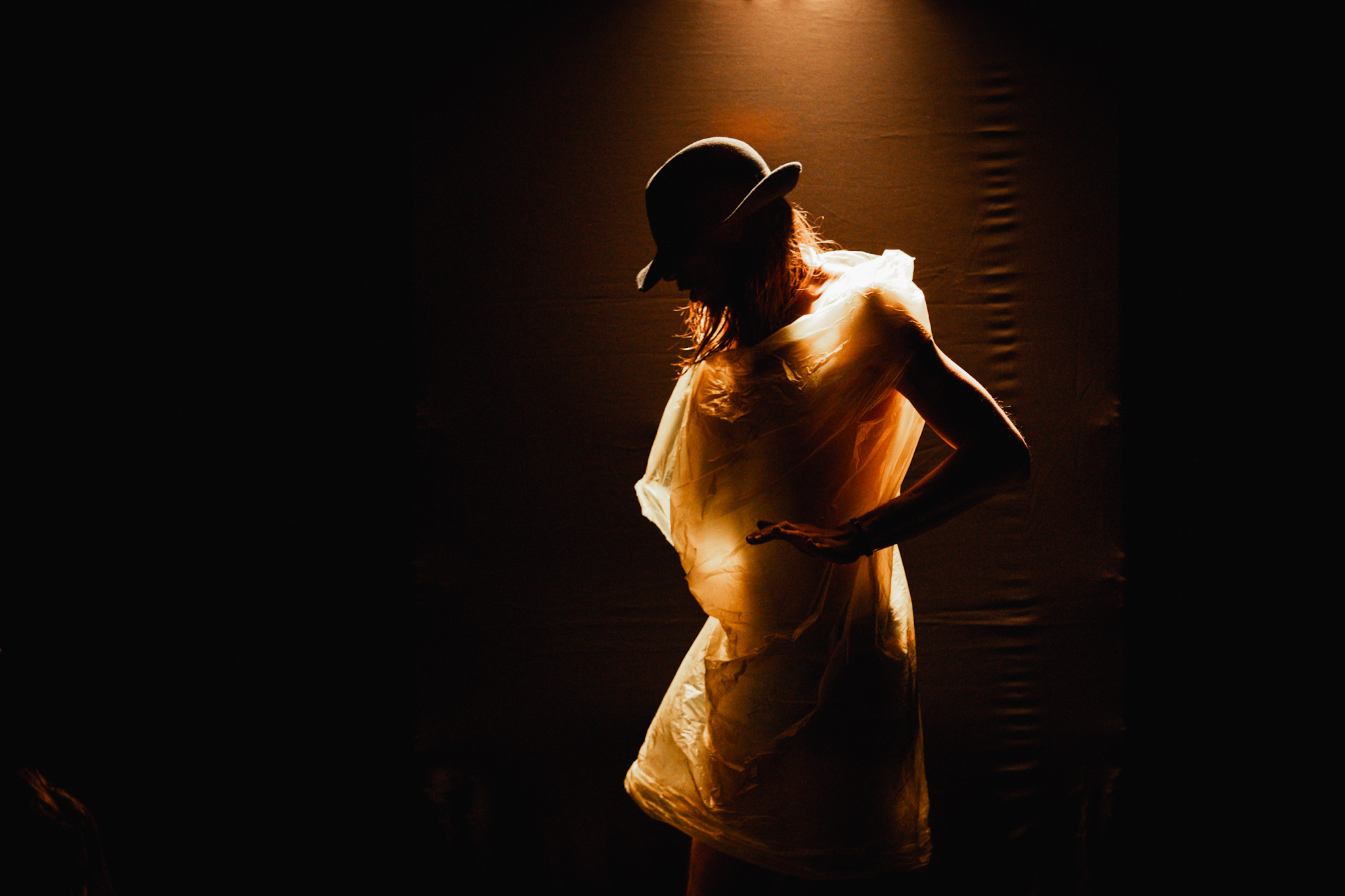
Teatro infernale or: Bad Taste is Violence, Too
The beginning was promising: while the audience entered the hall, actors dressed in white plastic bags walked back and forth, quiet music played in the background, and only a few lights shone in the darkness. ‘Oops, this is going to be some very artistic theatre,’ I thought to myself. But it was anything but art. For me, as a spectator, more and more circles of hell appeared throughout the production, like Dante's. But probably not in the way the creators intended
A dilemma arose in my mind. I don't know whether I should pretend to have understood the content of the play, or whether I can awkwardly admit that I missed its point to some extent. For THE PANIC SONG SHOW, prepared by students of the Theatre Academy of Rome, is a mixture of disparate elements that together form an incomprehensible and tiresome cacophony. I found it very disappointing because its main theme, the violence and toxicity of the entertainment industry, has a lot of potential.
Early on, one of the actors points out that the show contains violence: both physical, verbal, and psychological. And he is right, for the plot contains several violent scenes, the conveyance of which tests the audience's mental and physical resilience at the same time. The problem is that in THE PANIC SONG SHOW the beating, kicking, screaming, and abuse of the characters is shown in a way that brings no reflection. There are also vulgarisms, which are mainly limited to different variations of the word ‘fuck’ and therefore sound clumsy and do not have the proper effect.
The acting is poor in this production. I would rather say that the acting was almost non-existent. In fact, they are often based on well-known stereotypes, exaggeration and banality. Adding to the disappointment is the superficial choice of music consisting of a few random songs played for no particular reason in a few random scenes.
The greatest strength of the production was the interesting costumes, which were surprisingly also part of the set design. But the visuals exceeded the content and meaning. The story is chaotic and the same motifs are repeated over and over again. The whole, unfortunately, looks like a performance given by high school students who prefer to tell corny jokes on stage rather than look for emotional and existential depth in theatre. Important and serious themes have thus fallen victim to kitsch, and probably also to a misunderstanding of the basic principles on which successful contact with the audience is based.


